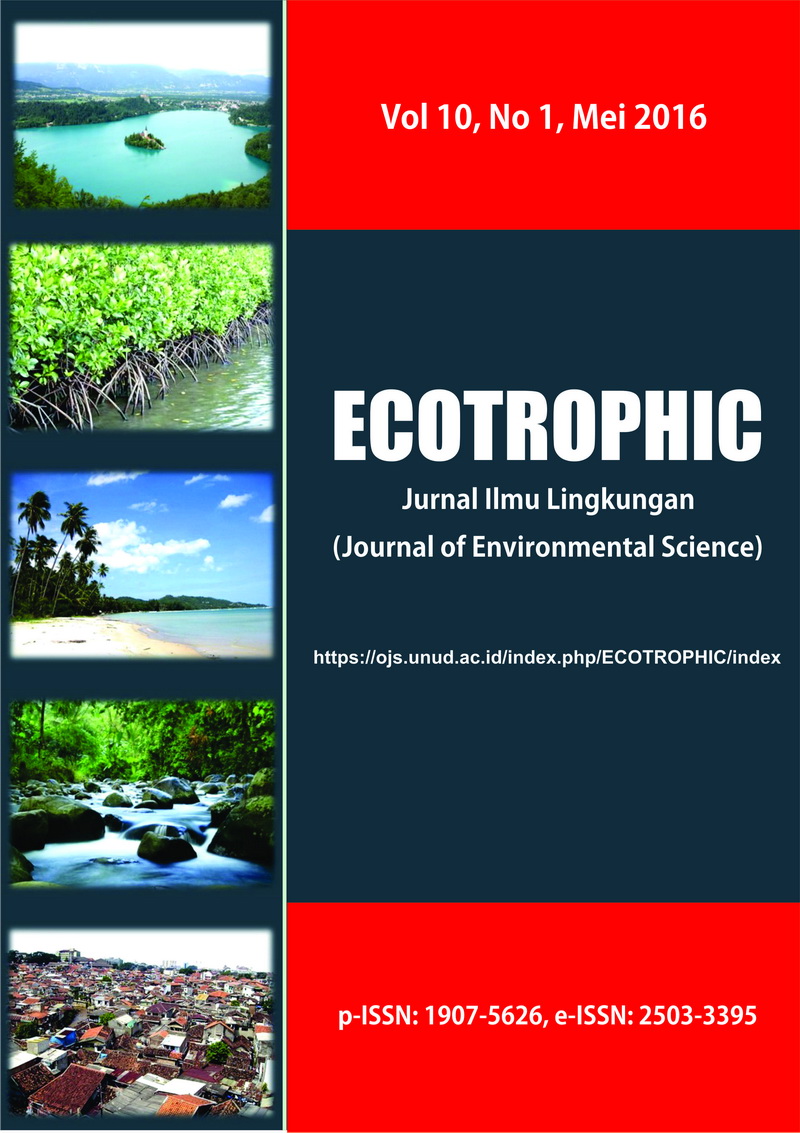ANALISIS RISIKO BENCANA TANAH LONGSOR DI KECAMATAN SUKASADA, KABUPATEN BULELENG
Abstract
Sukasada Sub-District is a region that is largely a hilly area with steep slopes, rainfall intensity is high enough and unstable ground conditions. This leads that the Sub-District of Sukasada becomes potential for the occurrence of landslides. Mitigation effort is therefore necessary to reduce the risk of landslides that may occur. The purpose of this study was to determine the level of threats, vulnerabilities and capacities of level landslides in Sub-District of Sukasada. In addition to the above objectives, the study also aims to formulate strategies for disaster risk reduction of landslides in the Sub-District of Sukasada. The results showed the threat of landslides in the Sub-District of Sukasada is covering 11.169 hectares or 69,51% of the total area. High threat level area is around 727 hectares, the threat level is covering 7.717 hectares and a low threat level area is around 2.725 hectares. The level of vulnerability of landslides in Sub- District of Sukasada ranges from moderate to high. The highest vulnerability level (0.83) is located in some villages, such as: Pancasari, Pegayaman, Panji and Panji Anom Village. While the lowest level of vulnerability (0.66) is in Padangbulia Village. The level of local capacity to landslides in the Sub-District of Sukasada is low, with the resistance area index of 40,25 or capacity level of 0,2349. The level of risk of landslides in the Sub-District of Sukasada is classified as moderate to high. Areas with moderate risk levels are covering 2.032 hectares and a high level of risk covering 7.171 hectares. Strategies that can be done to cope with disaster risk are to reduce the threat, reduce vulnerability and increase capacity. Areas with moderate risk level can be done non-structural mitigation. Structural mitigation can be done in areas with a high level of risk.


